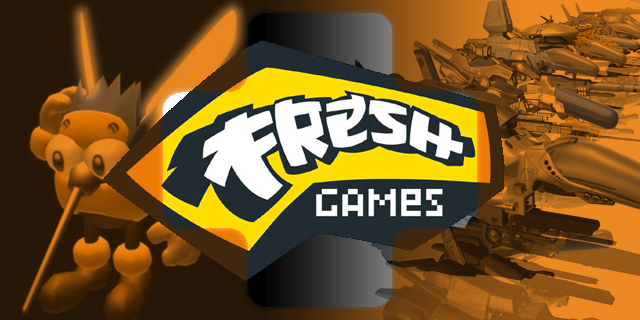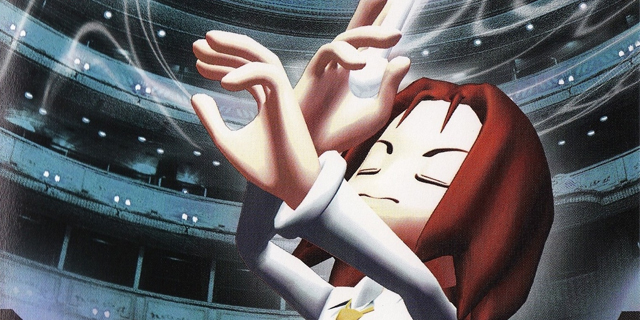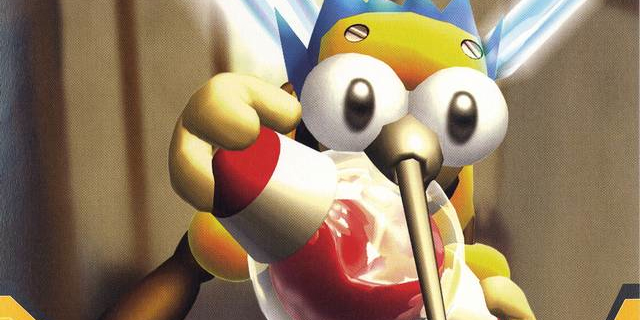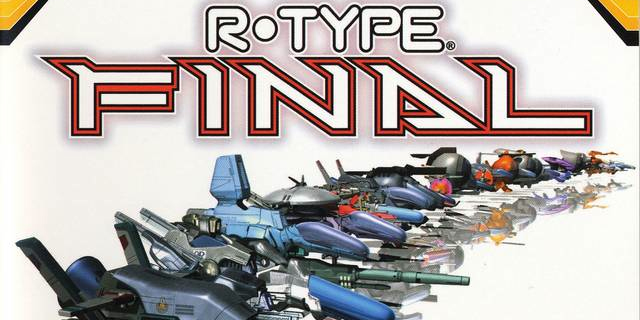
Back before Eidos was purchased by Square Enix, it was doing a lot of interesting things. I say interesting, but I actually mean strange. During the PS2 era, it published a lot of bizarre, poorly-received games such as 25 to Life, Rogue Trooper, Total Overdose and Reservoir Dogs. The company had a few good titles under its belt as well, but this was an era when Eidos wasn’t afraid to make some weird choices, for better or worse. One of those decisions was establishing the Fresh Games label in 2002, a short-lived subsection of games that Eidos localized from Japan. It represented the kind of off-brand strategies you rarely (if ever) see from big publishers these days, and it’s something that I miss.
Let me make one thing clear: these games weren’t the best that Eidos could localize. Perhaps it went with what was cheapest or easiest to release in North America and Europe, or perhaps its options were limited. Despite that, something about this small handful of games being published by Eidos of all companies made them worth paying attention to. And yes, some of them were downright outlandish, but in that unforgettable, Japanese way. Unfortunately, the label came and went with only five games that were categorized as “Fresh.”
The major problem with this label was the games being chosen weren’t exactly the kind of games that most people would find interesting, even those looking for quirky titles. While people may have fond memories of one or two, I doubt there were those who actively kept up with the brand and wantied to seek out everything it had to offer. But it had potential, and based on the first two games released under the label, it seemed like Eidos was trying to release games that were as far outside of its wheelhouse as it could.

The first was Mad Maestro, a rhythm game set to classical music. It belongs in the same category as PaRappa the Rapper and Gitaroo Man as one of the finer examples of the genre from that era. Sure, there aren’t any original tracks, and the game is decidedly less goofy than those titles, but there is a lot of fun to be had conducting an orchestra and hearing some great (albeit recognizable) classics. Utilizing the PS2 controller’s pressure-sensitive buttons, you had to tap the notes with the right amount of pressure, which took some getting used to. The challenge wasn’t merely passing each song, but mastering the mechanics. The downside? There wasn’t much else to the game once you did so.
The most “beloved” of Eidos’ Fresh Games was Mister Mosquito, which released alongside Mad Maestro, demonstrating Eidos’ commitment to finding the most ludicrous games. It follows the journey of a, well, mosquito during a hot summer in a small, Japanese household. His goal is to suck as much blood from the family as possible and survive. Each level had you facing down with a member of the family, giving you different points of attack and a multitude of ways to get the blood you need. But one wrong move, and you’ll be swatted down in a matter of seconds.
Suffice to say, Mister Mosquito is the strangest (and most original) game of the bunch. It’s even complete with an awful-but-amusing English dub that only adds to the weirdness. It’s also my favorite simply because it actually felt like it belonged to this brand. It was a Japanese-developed game that would most likely never see the light of day outside of Japan, if not for Eidos’ efforts to expand and add variety to their brand and attract a potentially different audience. The game has its fans (myself included), but it’s the perfect example of just how poorly these releases did in North America and Europe.

What does Eidos release as a follow-up to Mister Mosquito? A JRPG, of course! Legaia 2: Duel Saga, the sequel to the PS1 cult hit Legend of Legaia, was met with a tepid response. While fans of the original clamored for the sequel to get an English release, the game itself was considered a disappointment by most. It didn’t help that the original game wasn’t the most popular around, so the Legaia name meant absolutely nothing to anyone outside of that small contingent of JRPG fans. It’s far from a bad game, but it simply couldn’t stand out among the overcrowded JRPG market. If anything, it established Eidos’ interest in localizing meatier projects, but nothing ever came of it afterwards.
Following Legaia 2, Eidos released the GameCube-exclusive Swingerz Golf. I’m sure you forgot all about the existence of that game, assuming you ever heard of it in the first place. It was a mediocre Hot Shots Golf clone that did very little to stand out, and with the then-upcoming release of Mario Golf: Toadstool Tour a few months away, it was easy to see why it was ignored. This was the last we would see of the Fresh Games label for two full years, signaling the apparent death of the short-lived project.
Then, in 2004, Eidos gave it one last try with R-Type Final, the last game in the popular R-Type series. At this point, it seemed like the company was releasing it not to maintain the Fresh brand, but simply giving the label one last hurrah. It was a great game, possibly one of the best in the long-running R-Type series, but it probably wasn’t enough to give Eidos a chance to revitalize Fresh Games and try it again. And with that, the label was finished, never to be seen on another game box.

I give Eidos credit for trying something different in an era when it was so desperate to stay relevant in the first place. It had Tomb Raider and Hitman, sure, but it was hard to associate much else with that company that wasn’t mediocre in some way. It wanted to reach out to a different audience, even if it wasn’t a primary focus, and find a way to establish a newer part of its brand. It just didn’t have that one game that would put the label on the map. People may look back and remember Mister Mosquito as some obscure PS2 game, but beyond that, any mention of Fresh Games might make most people scratch their heads.
The funniest part of it all is Eidos’ eventual merger with Japanese publisher Square Enix. Square purchased the company in its attempts to expand its brand and publish games outside of its wheelhouse, while still maintaining what made the company so successful to begin with. While the results of the merger have been mixed, it’s almost a fitting end to Eidos’ attempt to stay relevant during a time when small-to-medium sized publishers were starting to fall by the wayside.
Creating the Fresh Games label was probably not the best move Eidos could have made, and yet it did it anyway, not afraid to attempt something a little different. I remember those games fondly, not because of their quality (or lack thereof), but because of a big publisher attempting something that would almost never happen today. Companies want to play it safe, and while I can’t say I blame them for doing so, it makes me miss the days when publishers were willing to try something a little different.



















